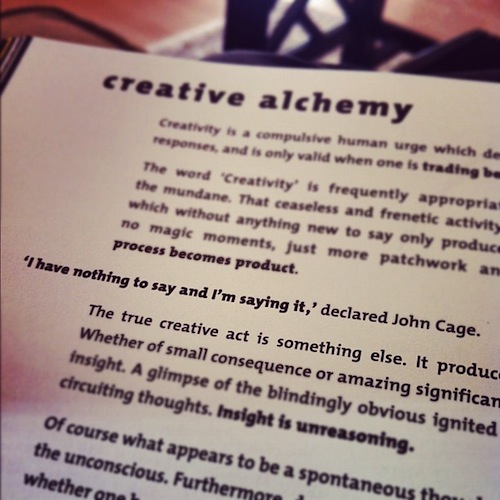I was reading an article called The Internet’s Battle For Our Digital Souls on Big Think when I stumbled on this sentence:
We get approximately the same type of pleasure from talking about ourselves on social media as we do from having sex.
That just didn’t sit right with me. I’ve posted plenty of updates on Facebook and Twitter, and it definitely didn’t… ok, I’ll stop there. I don’t want this to get awkward. All I’m saying is that this doesn’t feel right. So I decided to trace the statement back to the original study that it’s talking about, to see what’s going on.
The post on Big Think appears to be a rehash of an article in the LA Times called Study helps explain why we over-share on Facebook, Twitter. The first thing I found interesting is that their conclusion about the sex thing is a little more measured:
In a series of experiments, the researchers found that the act of disclosing information about oneself activates the same sensation of pleasure in the brain that we get from eating food, getting money or having sex. It’s all a matter of degrees of course, (talking about yourself isn’t quite as pleasurable as sex for most of us), but the science makes it clear that our brain considers self-disclosure to be a rewarding experience.
The LA Times links back to the original research paper, which has the decidedly less sexy title Disclosing information about the self is intrinsically rewarding (PDF link). The paper explains that the study was about whether or not people would give up money to talk about themselves (my emphasis added):
Just as monkeys are willing to forgo juice rewards to view dominant groupmates and college students are willing to give up money to view attractive members of the opposite sex, our participants were willing to forgo money to think and talk about themselves.
The word “sex” appears six times in the 6-page paper, and only once in the context that these other news stories use it. The “Discussion” section starts off as follows (my emphasis added):
Despite the frequency with which humans disclose the contents of their own thoughts, little has been known about the proximate mechanisms that motivate this behavior. Here, we suggest that humans so willingly self-disclose because doing so represents an event with intrinsic value, in the same way as with primary rewards such as food and sex. Intriguingly, findings also suggested that both parts of “self-disclosure” have reward value. Although participants were willing to forgo money merely to introspect about the self and doing so was sufficient to engage brain regions associated with the rewarding outcomes, these effects were magnified by knowledge that on’s thoughts would be communicated to another person, suggesting that individuals ï¬nd opportunities to disclose their own thoughts to others to be especially rewarding.
Note that they talk about “rewards”, not “pleasure” like in the news stories. The core research hypothesis is that sharing about ourselves has intrinsic value. To quote from a different section (my emphasis added):
Interestingly, a number of earlier researchers have put forward the hypothesis explicitly tested here — that self-disclosure will act as an intrinsic reward; however, despite calls to do so, this notion has not previously been tested empirically. As such, the current study validates a long-standing hypothesis that self-disclosure arises — at least in part — from the subjective value associated with it.
No mention of sex there, whatsoever. It’s also important to know what the phrase “intrinsic value” means in the philosophical sense of the word, because it’s essential to understanding the results of the study:
The intrinsic value of something is said to be the value that that thing has “in itself,” or “for its own sake,” or “as such,” or “in its own right.”
So let’s be very clear about what this research shows. The hypotheses tested (and confirmed) is that people like talking about themselves on social media because it has intrinsic value. In other words, we like sharing because it’s enjoyable for its own sake as a social activity. They make the point (in passing) that this is similar to other activities with intrinsic value such as food and, yes, sex. It’s not that posting on Facebook makes you feel the same way that having sex does. It’s that all these things share a common thread: the subjective, intrinsic value that they possess.
But hey, that message isn’t nearly going to rack up the same number of page views as saying that “We get approximately the same type of pleasure from talking about ourselves on social media as we do from having sex.” I read so many “a new study suggests that…” articles that I just take at face value. Today I decided to read the actual research paper, and realized what kind of distortions happen the further you get from the source of a story. I’ll certainly be a lot more cautious about these kinds of stories going forward. Welcome to the new age of journalism, I guess.

